Traditionally, accessing American Community Survey (ACS) data required processing the newest estimates from the U.S. Census Bureau each year, taking days to weeks of time. Since 2018, many ACS tables are readily available within ArcGIS Living Atlas of the World to use within your GIS workflows. These Census ACS Living Atlas layers are updated automatically each year when the U.S. Census Bureau releases their annual estimates, and as of December 11, 2020, they now contain the newest 2015-2019 5–year estimates.

Access the newest ACS data, now!
Quickly map more than 1,700 ACS attributes covering a wide range of demographic topics such as income, housing, age, race, education and more. Each layer already shows an interesting subject on the map, with an informative pop-up so that you can immediately see important patterns anywhere within the U.S. or Puerto Rico. You can also easily use the layers to create your own customized web maps and applications in order to tell an endless number of stories about the population or housing in your area.
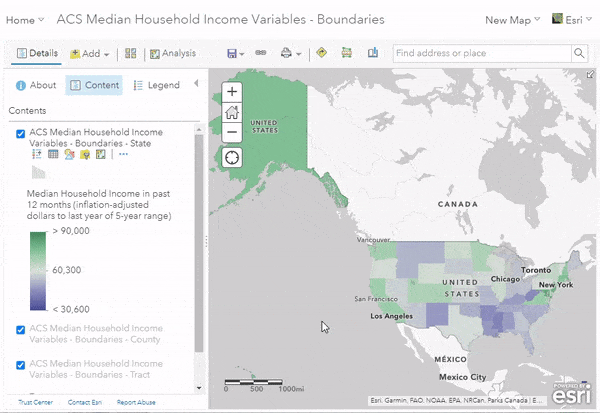
Some other benefits to these layers:
- They are sourced directly from the U.S. Census Bureau API
- They are free to use and require no login or credits
- The boundaries have coastlines cut out for improved mapping
- They are accessible in ArcGIS software
- Additional attributes are already calculated for your convenience, such as percentages and their related margins of error
- Each layer is provided as a polygon layer as well as a centroids layer
Enhancements just released
- New data – The layers now contain the most current 5-year estimates offered by the U.S. Census Bureau. They now show 2015-2019 vintage estimates.
- New boundaries – The boundaries layers always reflect the TIGER boundaries that are appropriate for the newest ACS figures.
- Enhanced legends – many of the layers had their cartography adjusted to highlight the national rate of the attribute being mapped. For layers with this update, the legend will clearly state the national figure, helping create reference for the map reader.
- Aliases updated – The alias names describing race and ethnicity attributes are updated to be consistent with the American Community Survey race and ethnicity categories as published by the U.S. Census Bureau.
- Refined margins of errors – Some attributes in these layers are pre-calculated percentages, which now have a revised calculation based on feedback from the U.S. Census Bureau. These attributes help you map a normalized attribute quickly and easily without needing to research what the denominator should be.
New Layers Allow for More Mapping Possibilities
ACS layers in ArcGIS Living Atlas cover a whole host of topics around housing, income, internet access, education, disability, and more. We’ve heard your requests for more attributes you need to support your work. This December, there will be a few new additions to the layers that are available in ArcGIS Living Atlas:
- Disability by Type – Map the functional needs of your community, such as hearing, vision, cognitive, ambulatory, self-care, and where independent living difficulties are high.
- Health Insurance by Race and Age – See where disparities are in rates of those who are uninsured. Find places where there aren’t large gaps.
- Household Size – Find communities with many 1-person households, 2-person households, and more. See how this differs among owners and renters. Map the average household size anywhere in the country.
- Housing Units Vacancy Status – Learn where there are many seasonal/recreational homes. Also, explore the rental and homeownership vacancy rates to see where these markets have been tight.
- Housing Units in Structure – Map different housing unit types in your community: single-family detached, small multifamily units, high-rise apartments, mobile homes, and more.
- Housing Units by Year Built – Where are newer housing units in your neighborhood? Where are older units? Does this differ for owners and renters?
- Internet Access by Income – See what the digital divide is like in your community.
New 2010-2014 layers allow for comparisons over time
Many users have requested historical ACS vintages so that they can compare how patterns have changed over time. With this release of data, there are now 2010-2014 vintage layers available to match against the layers with the most recent 2015-2019 data. Since these vintages have no overlapping years of surveys, they are possible to compare.
The 2010-2014 are symbolized in the same way as their corresponding 2015-2019 layers, allowing for direct comparison of patterns within a map. Use the Compare App or create a swipe comparison within ArcGIS StoryMaps, Classic Story Maps, or ArcGIS Web AppBuilder to showcase the 2010-2014 map alongside the 2015-2019 version. Bring the two layers into Pro to join, analyze, and map the change itself. We will be publishing some detailed blog posts and tutorials on this shortly, so stay tuned!
Explore the layers below:
Note that most of the ACS layers have comparable 2010-2014 data values, but not all. For example, the computer and internet questions were introduced after 2010, and therefore do not have any 2010-2014 estimates.
Get started today
Find the layers:
Learn where to find these Census ACS layers and start using them within your mapping and analysis workflows. Check out this story map to learn how. You can also check out this ArcGIS Online group or find them by searching in ArcGIS Living Atlas of the World.
Map your community:
Learn how to make a map about your community in 4 easy steps in this blog. You’ll have your own custom web map in minutes!
Update your existing ACS maps:
Whenever new ACS figures are released by the Census, we encourage you to check the breakpoints being used in your existing web maps that use the Census ACS Living Atlas layers. After the December release of the new data from the Census, make sure your web map’s existing symbology still make sense with the updated data.
Questions?
If you have questions about the layers, visit our FAQ, or post on Esri Community’s Living Atlas space. You can also learn more about the layers in this blog.

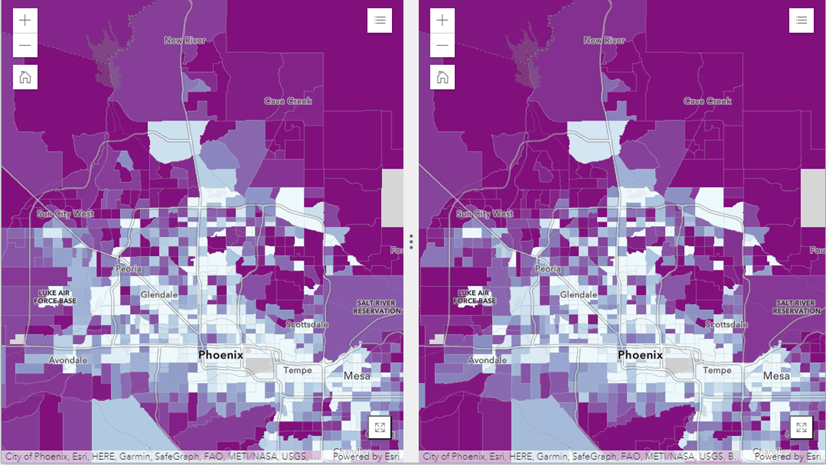
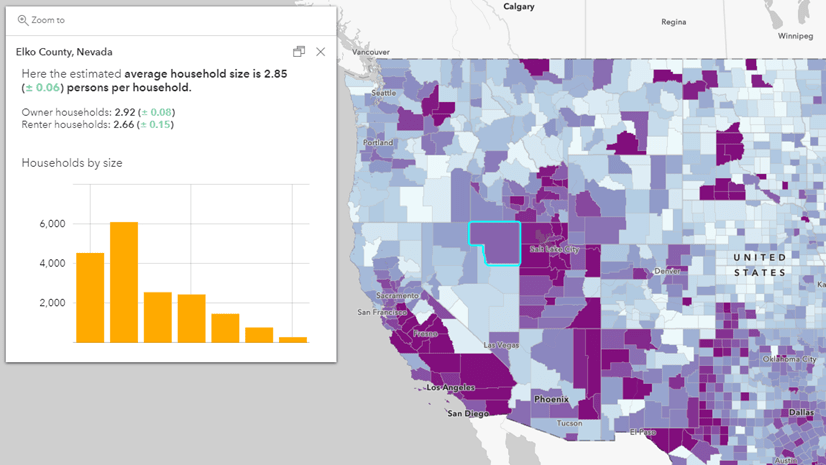
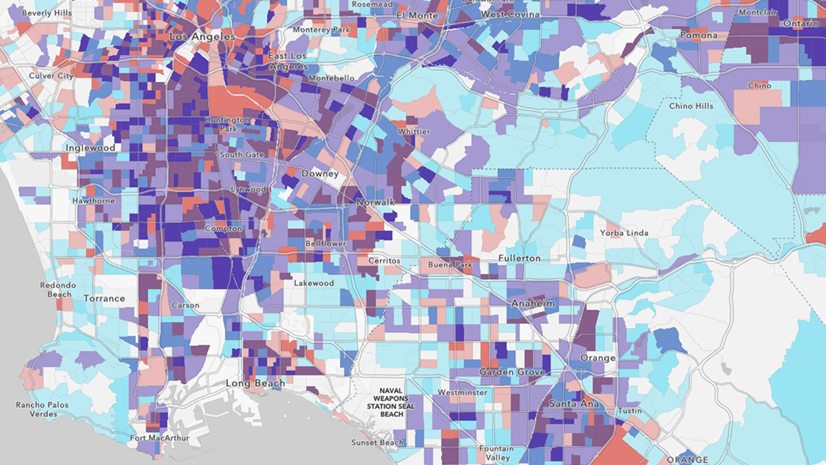
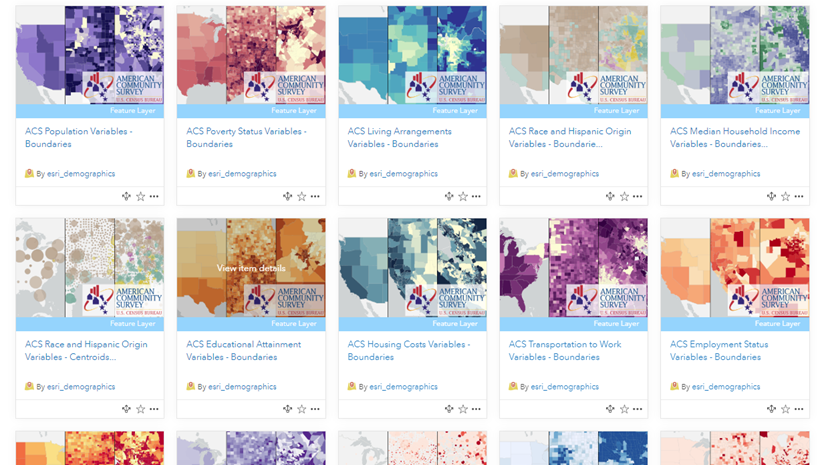
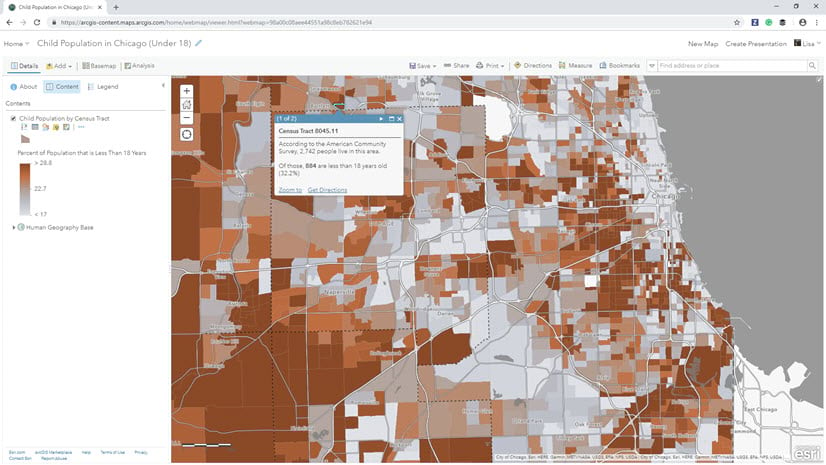

Article Discussion: